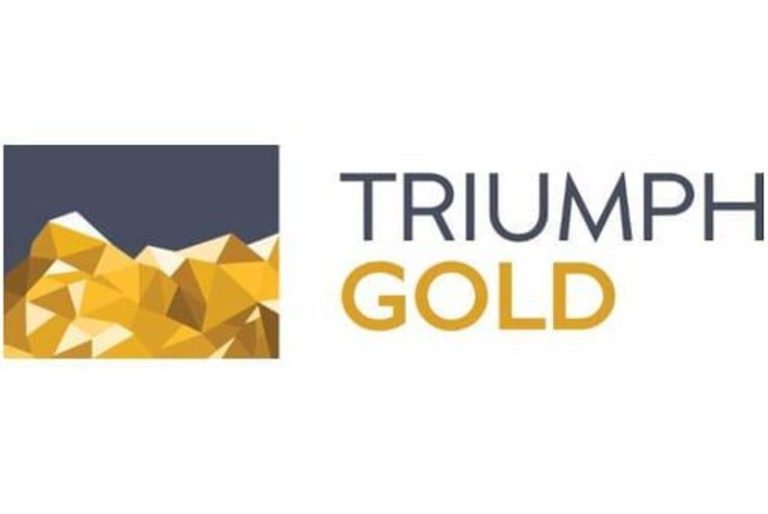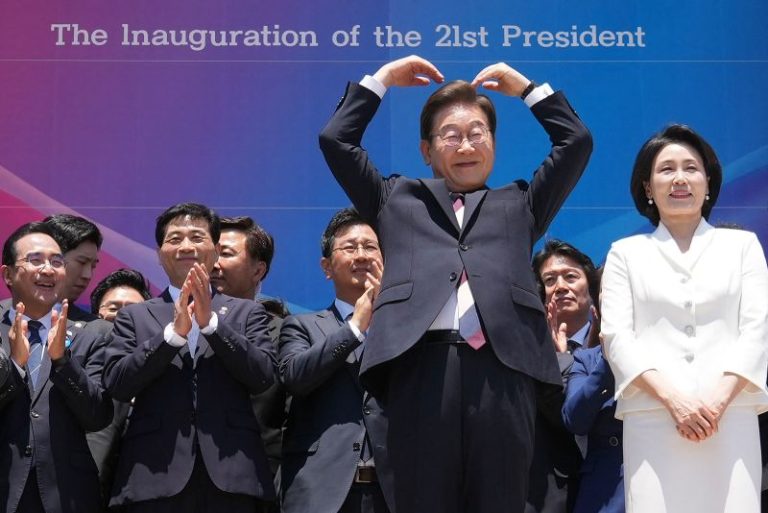At age 14 he was an impoverished factory worker. On Wednesday, he became the leader of one of Asia’s most powerful economies, a US ally and cultural juggernaut.
But after sweeping to a decisive victory over conservative rival Kim Moon-soo on Tuesday, Lee Jae-myung faces a daunting task. South Korea remains deeply divided, Lee’s predecessor having declared martial law in a short-lived power grab in December, leaving many voters anxious about the state of their democracy.
Six months of ensuing political turmoil entrenched existing rifts, with protests – both for and against former President Yook Suk Yeol and his People Power Party – filling the streets of the capital Seoul.
Choppy international conditions have compounded domestic uncertainty. US President Donald Trump’s global tariffs have hit South Korea’s trade-reliant economy hard, with no permanent leader at the helm to steer negotiations with Washington.
Lee’s election – after a revolving door of interim leaders over the past half-year – might finally offer the country some much-needed stability, said Cho Hee-kyoung, a law professor at Hongik University in Seoul.
“We didn’t even have someone who could engage with Trump on the tariff war, and for an export-driven economy, that’s a serious problem,” Cho said. And, she added, the election – which saw the highest voter turnout since 1997 – represented a stinging public rebuke to the People Power Party.
“For many people, I think this election was about holding those responsible for bringing chaos to the country accountable,” she said.
But it remains to be seen whether Lee, 60, will be able to heal the political divides – especially as he comes with his own baggage, caught up in various legal challenges, facing allegations of corruption and abuse of power.
It’s not clear what will happen to his ongoing criminal trials; sitting presidents are normally immune from prosecution, but there’s disagreement on whether that applies to cases that begin before they take office.
At his inauguration on Wednesday, however, Lee sought to cast himself as a bringer of unity and a fresh start to the nation of more than 50 million people.
“It is time to replace hatred and confrontation with coexistence, reconciliation, and solidarity – to open an era of national happiness, of dreams and hope,” he said in a speech. “I will answer the earnest call to build a completely new nation.”
Lee’s spectacular rise is well documented.
Born in the mid-1960s, he was the fifth of seven children in a poor family from Andong, a riverside city southeast of Seoul. His father worked as a market cleaner while his mother was a fee collector at public bathrooms, according to his office and biographies that include excerpts from Lee’s own diaries.
With civil war-ravaged South Korea in the early throes of a rapid industrialization that would transform it into a manufacturing powerhouse, Lee began working in factories as a teenager – from jewelry plants to refrigerator assembly lines. While working at a factory making baseball gloves, he permanently injured his left arm.
In his diary, Lee would write about his envy of students he saw wearing school uniforms and those who had enough to eat.
Despite his humble beginnings, he eventually passed his school exams and earned a full scholarship to study law at Chung-Ang University, one of Seoul’s top private universities.
From there, Lee became a human rights lawyer, eventually entering politics in 2010 as the mayor of Seongnam city, just outside Seoul, representing the liberal Democratic Party. That led to another, more significant, stint from 2018 as governor of Gyeonggi province, the country’s most populous, which surrounds the capital.
By then, he was eyeing the presidency – and left the governorship to run in the 2022 election, losing to Yoon by less than one percentage point.
Lee became a lawmaker after that, surviving an assassination attempt in January 2024 when a man stabbed him in the neck during a public event in the southern city of Busan, in what his party denounced as an “act of political terror.”
Later that year came Yoon’s ill-fated power grab. Lee again made headlines as one of the lawmakers who rushed to the legislature and pushed past soldiers to hold an emergency vote to lift martial law. He livestreamed himself jumping a fence to enter the building, in a viral video viewed tens of millions of times.
Despite his growing popularity, Lee has been viewed with suspicion by many opponents because of his criminal trials – including over alleged bribery and charges related to a property development scandal.
Separately, he was convicted of violating election law by knowingly making a false statement during a debate in the 2022 presidential campaign. The case has been sent to an appeals court.
Yoon’s martial law decree had been in part fueled by his frustration over a months-long political stalemate, with Lee’s Democratic Party blocking the president from moving forward with many of his campaign promises and policies.
Now, the Democratic Party controls both the parliament and the presidency – which could see “a return to normal politics,” said Celeste Arrington, Korea Foundation associate professor of political science and international affairs at George Washington University in the US capital.
“It might be easier to push through policies than it had been under impeached President Yoon,” she added.
And Lee has a lot to do, right away – including addressing a sluggish economy and getting involved in the US-South Korea trade talks.
“I will immediately activate an emergency economic response task force team to restore people’s livelihood and revive the economy,” he said during his inauguration speech on Wednesday. He added that he would “turn the global economic and security crisis into an opportunity to maximize our national interest,” and strengthen trilateral cooperation with the US and Japan.
Arrington added that Lee clearly sees the US-South Korea alliance as the “backbone” of the country’s national security – but he will have to balance that against relations with China. The US rival is also South Korea’s largest trading partner.
Yoon took a famously hard line on North Korea, and relations have plummeted. In contrast, Lee hails from a political party that has historically taken a more conciliatory approach to South Korea’s autocratic neighbor.
Lee reiterated the long-standing goal of peace on the Korean Peninsula, vowing to “respond firmly to North Korea’s nuclear threats while also keeping communication channels open.”
But above all, Lee emphasized the importance of rebuilding public trust, badly damaged by the martial law crisis – and punishing those responsible.
“I will rebuild everything that was destroyed by the insurrection and create a society that continues to grow and develop,” he said on Wednesday. “An insurrection that uses the military’s power, to seize the people’s sovereignty, must never happen again.”
This post appeared first on cnn.com










